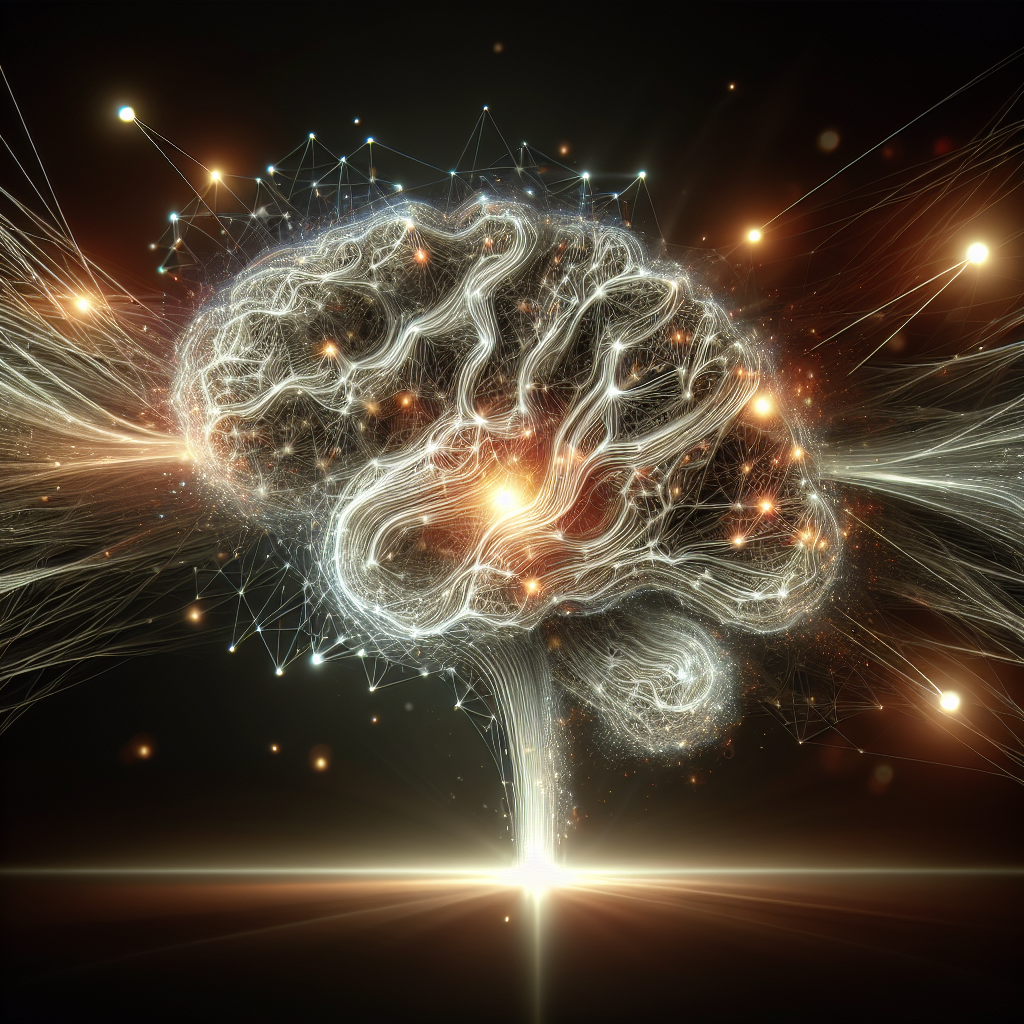Neural networks have made significant advancements in recent years, transforming the way we approach various tasks such as image recognition, natural language processing, and predictive analytics. With the rise of deep learning and the availability of more powerful computing resources, neural networks have become an indispensable tool for researchers and professionals in diverse fields.
Understanding Neural Networks
Neural networks are a type of machine learning model inspired by the structure and function of the human brain. They consist of interconnected nodes, or neurons, organized in layers. Each neuron receives input signals, processes them using a mathematical function, and produces an output signal. The strength of connections between neurons, known as weights, is adjusted during training to optimize the network’s performance on a specific task.
One of the key advantages of neural networks is their ability to learn complex patterns and relationships in data, enabling them to make accurate predictions and classifications. As neural networks have evolved, researchers have developed more sophisticated architectures, such as convolutional neural networks (CNNs) for image processing and recurrent neural networks (RNNs) for sequential data.
Cutting-Edge Research in Neural Networks
Researchers are constantly pushing the boundaries of neural network technology, exploring new architectures, algorithms, and applications. Some of the latest trends in neural network research include:
- Reinforcement Learning: Reinforcement learning is a branch of machine learning where an agent learns to make decisions by interacting with an environment. Researchers have applied reinforcement learning techniques to develop AI systems that can play games, navigate complex environments, and optimize resource allocation.
- Generative Adversarial Networks (GANs): GANs are a type of neural network architecture that pits two networks against each other in a game-theoretic framework. One network generates data (e.g., images), while the other network tries to distinguish between real and generated data. GANs have been used to create realistic images, videos, and even text.
- Transfer Learning: Transfer learning is a machine learning technique where a model trained on one task is adapted to another related task with limited data. This approach has been successfully applied to tasks such as image recognition, sentiment analysis, and speech recognition.
- Explainable AI: Explainable AI aims to make neural network models more interpretable and transparent to users. Researchers are developing techniques to explain how neural networks make decisions, identify biases in models, and improve trust in AI systems.
Conclusion
Neural networks have revolutionized the field of artificial intelligence, enabling us to tackle complex problems that were once thought impossible. As researchers continue to innovate and push the boundaries of neural network technology, we can expect to see even more exciting developments in the future. By harnessing the power of neural networks, we have the potential to transform industries, improve decision-making, and create new opportunities for innovation.
FAQs
What are the key components of a neural network?
A neural network consists of layers of interconnected neurons, each with its set of weights that are adjusted during training. The key components include input and output layers, hidden layers, activation functions, and loss functions.
How are neural networks trained?
Neural networks are trained using a process called backpropagation, where the network’s output is compared to the ground truth, and the error is propagated backward through the network to adjust the weights. This process is repeated multiple times until the network learns to make accurate predictions.
What are some common applications of neural networks?
Neural networks are used in various applications, including image recognition, speech recognition, natural language processing, financial forecasting, medical diagnosis, and autonomous vehicles.
Quotes
“Neural networks are the closest computational model we have to the human brain, enabling machines to learn and adapt to complex tasks with incredible speed and accuracy.” – Dr. Emily Chang, AI Researcher
#Unleashing #Power #Neural #Networks #CuttingEdge #Research


